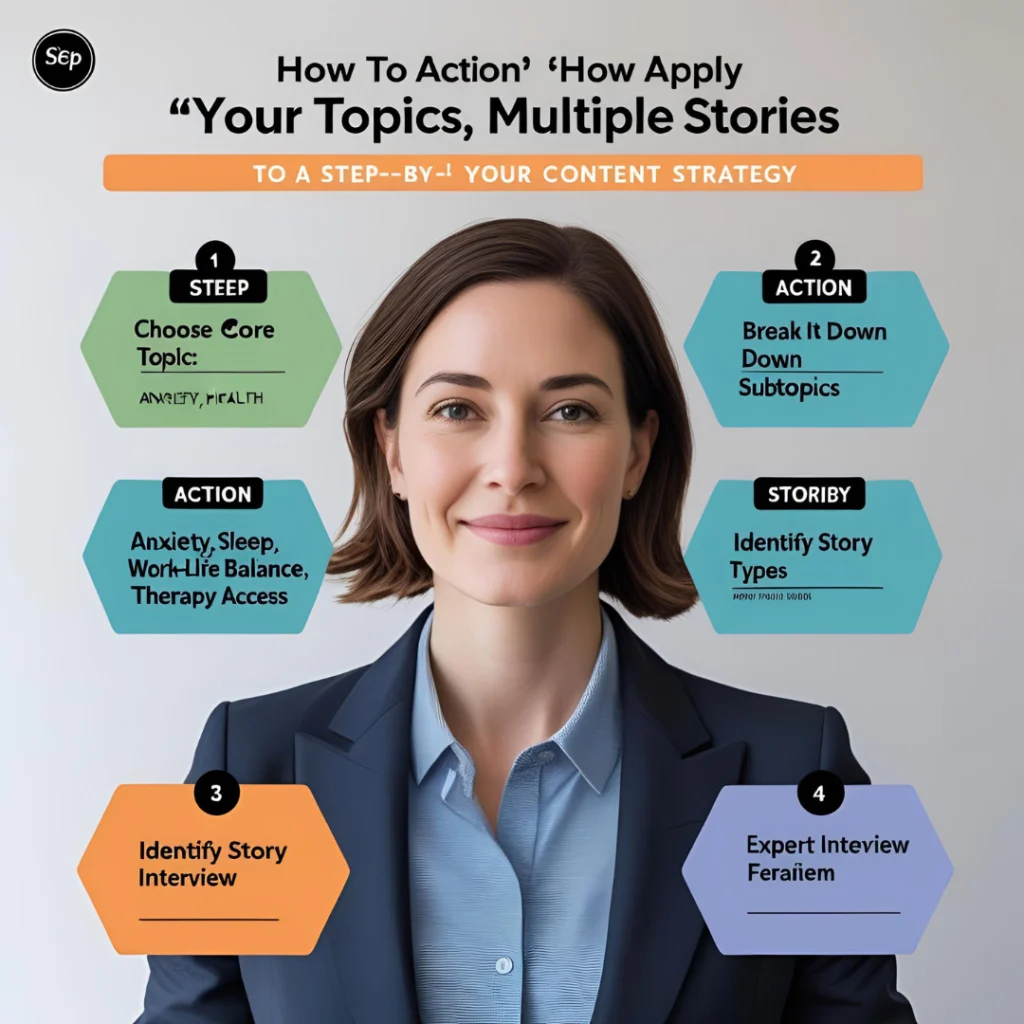Your Topics Multiple Stories: A Smarter Way to Inform, Engage, and Empower
In today’s fast-paced digital world, attention is scarce, and information overload is the norm. People don’t just want more content—they want better, more relevant content that resonates. That’s where “Your Topics | Multiple Stories” comes in: a modern, audience-focused content strategy designed to engage readers through personalized, expert-driven storytelling that covers multiple angles of a single topic.
Whether it’s health, climate, technology, finance, or AI—this approach breaks down big ideas into smaller, actionable, and emotionally engaging narratives. Let’s explore how this strategy is changing the way we consume, share, and create content.
What Is “Your Topics | Multiple Stories”?

At its core, Your Topics | Multiple Stories is a storytelling model that takes one central topic and presents it from multiple perspectives. This could include expert opinions, personal experiences, data-driven insights, and cultural viewpoints—all tied to a single theme.
For example, if the topic is climate change, the stories might include:
This multi-dimensional format makes complex topics easier to understand, more emotionally resonant, and far more actionable.
Why This Strategy Works
1. Deeper Understanding Through Diverse Viewpoints:
Exploring multiple narratives around a single topic enhances comprehension. People understand ideas better when they hear them from different angles—scientific, personal, social, and cultural.
2. Emotional Connection:
Facts tell, but stories sell. Emotional narratives connect readers to the subject on a human level. A dry statistic about rising sea levels becomes far more impactful when paired with a story about a family losing their home to flooding.
3. Combatting Information Overload:
Instead of overwhelming readers with a long wall of text, this strategy breaks the content into bite-sized, standalone stories that together form a bigger picture. Readers can choose what to explore based on interest and time.
4. Boosted Engagement and SEO:
Search engines love structured, relevant content. When your content covers multiple angles of a topic using clear subheadings, keywords, and internal links, it ranks higher and keeps readers engaged longer.
The Role of AI in Powering This Strategy

AI and machine learning are making “Your Topics | Multiple Stories” even more powerful. Here’s how:
Real-Life Example: Climate Change Explained in Layers
Main Topic: Climate Change
Multiple Stories:
Each of these narratives works individually—but together, they provide a 360-degree understanding of the issue.
How This Strategy Benefits Content Creators and Publishers
Whether you’re a media outlet, independent creator, educator, or brand strategist, this model offers several advantages:
How to Apply “Your Topics | Multiple Stories” to Your Content Strategy
Here’s a step-by-step framework:
| Step | Action |
|---|---|
| 1. Choose a Core Topic | Example: Mental Health |
| 2. Break It Down | Subtopics: Anxiety, sleep, work-life balance, therapy access |
| 3. Identify Story Types | Expert interview, case study, infographic, personal story, Q&A |
| 4. Vary the Format | Blog post, short video, quote card, email, podcast |
| 5. Track and Iterate | Use analytics to refine story types and formats |

Tips for Smarter Storytelling
FAQs
What does “Your Topics, Multiple Stories” mean?
It’s a storytelling method that explores a single topic from several different perspectives to improve understanding, engagement, and action.
Why not just write one long article?
People prefer shorter, focused pieces they can digest quickly. Multiple stories allow readers to choose what interests them most—improving time on page and satisfaction.
Is this format fact-checked?
Yes. Each story is backed by expert sources and trusted data, ensuring accuracy and reliability.
How does AI help in this strategy?
AI tools help personalize content delivery, identify trends, suggest subtopics, and even generate or repurpose content across formats.
Can this strategy improve SEO?
Absolutely. With keyword-rich subheadings, internal linking, and diversified formats, your content becomes more visible and authoritative in search engines.
Conclusion: One Topic. Many Stories. Infinite Value
Your Topics | Multiple Stories isn’t just a storytelling framework—it’s a better way to communicate in the age of distraction. By breaking complex subjects into focused, emotional, and multi-format stories, this strategy helps both readers and creators make sense of the world.
Whether you’re publishing thought leadership, educational content, or brand messaging, this model turns information into transformation—one story at a time.






